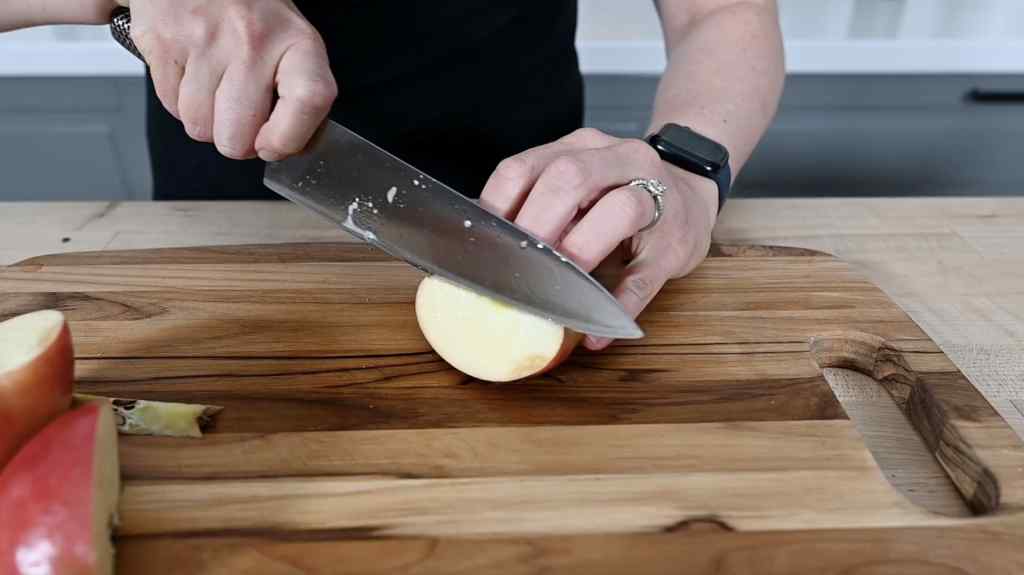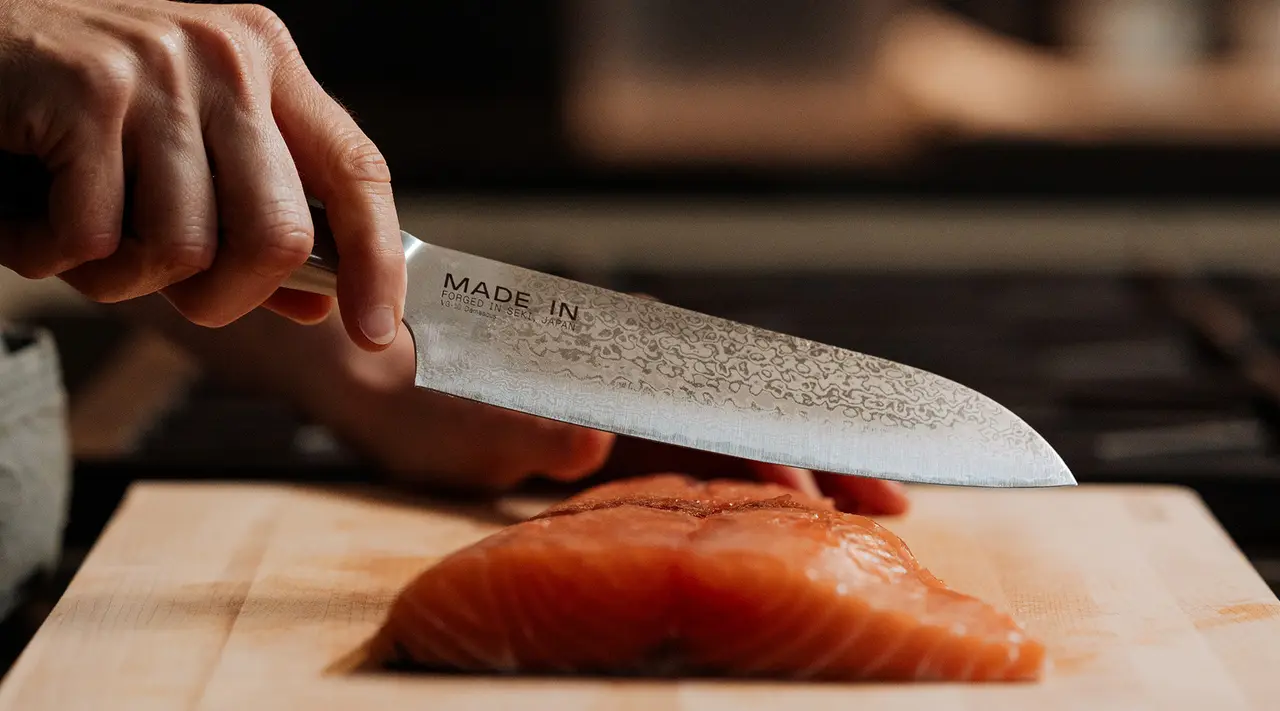For kitchen professionals, the sharpness of a knife is non-negotiable. The german knife sharpening frequency is a critical topic that deserves attention. If you're wielding a German knife, you understand that its robustness and precision are unmatched. However, maintaining this excellence requires regular care, especially when it comes to sharpening.
German knives are well-known for their durability and cutting prowess. But even the best knives need regular maintenance. The question of how often to sharpen them can be a bit perplexing. It's not just about maintaining the edge; it's about preserving the knife's integrity and ensuring safety in the kitchen.

The Anatomy of a German Knife
Before delving into sharpening frequency, it's essential to understand what makes a German knife unique. Typically, these knives are crafted from high-carbon stainless steel, renowned for its toughness and resistance to staining. The blade's edge is usually set at an angle of 20 degrees, making it slightly thicker and more robust compared to other knives.
This design is ideal for handling heavy-duty tasks such as chopping dense vegetables or slicing through meat. For more insights on the construction of these knives, you might want to explore German vs. Japanese Knives.
Factors Influencing Sharpening Frequency
Several factors determine how often you should sharpen your German knife:
1. Usage Frequency
The frequency with which you use your knife is the most significant determinant. A chef using a knife daily will need to sharpen it more often than someone who cooks occasionally. Typically, a professional who uses their German knife daily might need to sharpen it every 2-3 weeks.
2. Cutting Board Material
The surface you use also affects the german knife sharpening frequency. Hard surfaces like glass or stone can dull a blade quickly. Opting for softer materials like wood or plastic can prolong the sharpness of your knife.
3. Type of Food
The types of food you cut also matter. Cutting through harder materials, such as bones or frozen foods, can dull your knife more quickly. For those interested in learning more about knife care and usage, the Zwilling Knife Care Guide provides valuable tips.
How to Sharpen Your German Knife
Sharpening a German knife isn't just about restoring its edge. It's a skill that, when done correctly, can significantly extend the life of your knife. For those unfamiliar with the process, it's best to start with a sharpening stone.
Begin by wetting the stone and placing it on a stable surface. Hold the knife at a 20-degree angle and slide it across the stone, maintaining consistent pressure. Repeat this motion several times, then switch to the other side of the blade. For a detailed guide, you might want to check out this guide on using a sharpening stone.
Maintaining Your Knife's Edge
Beyond sharpening, honing is an essential practice. Unlike sharpening, which removes material to create a new edge, honing realigns the existing edge. Using a honing steel before each use can help maintain your knife's sharpness between sharpenings.
Regular maintenance is key. Always clean your knife after use and store it properly to prevent damage. If you're curious about different types of German knives and their specific care, the German Carving Knife Guide offers a wealth of information.

FAQ
How often should I hone my German knife?
Honing should be done before each use. It helps maintain the edge and aligns the blade, ensuring a smooth cut.
Can I use a sharpening steel instead of a stone?
A sharpening steel is more for honing than sharpening. For effective sharpening, a stone is preferred.
What is the best way to store German knives?
To keep your knives in top condition, store them in a knife block or on a magnetic strip. This prevents damage to the blade's edge.
With the right care and regular maintenance, your German knife can remain a reliable kitchen companion for years. For those looking to delve deeper into the intricacies of knife maintenance, the Baccarat Blog provides an excellent comparison of different knife steels.


























